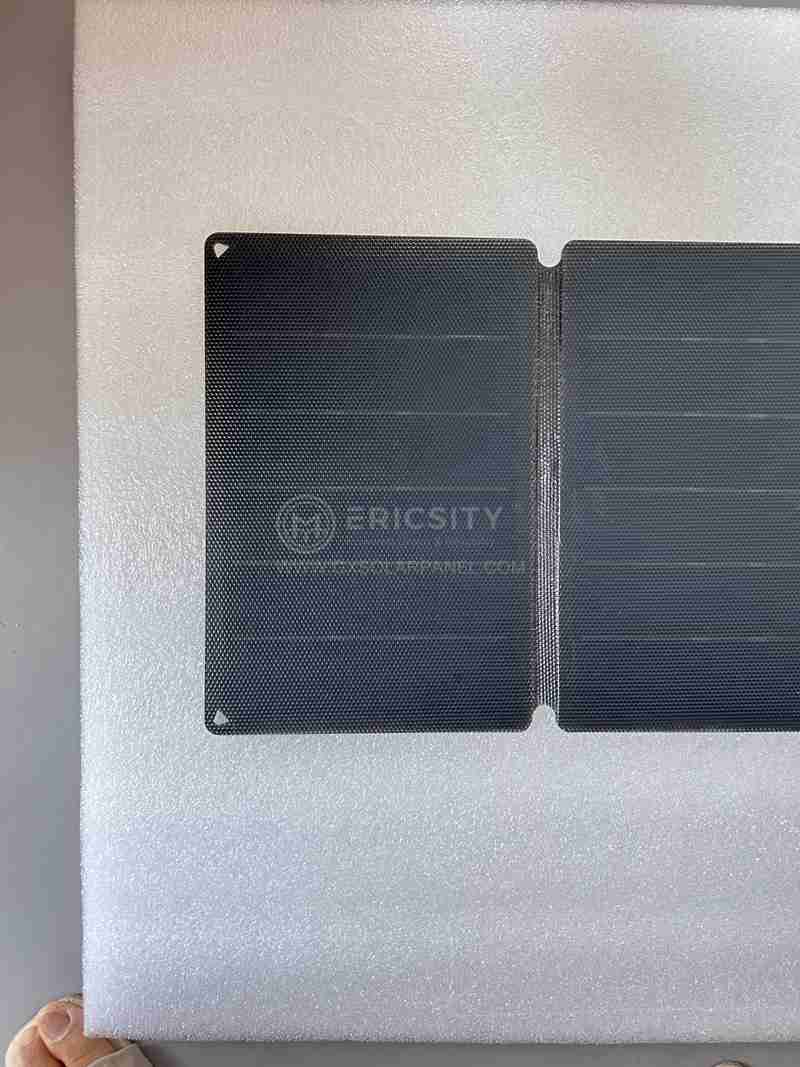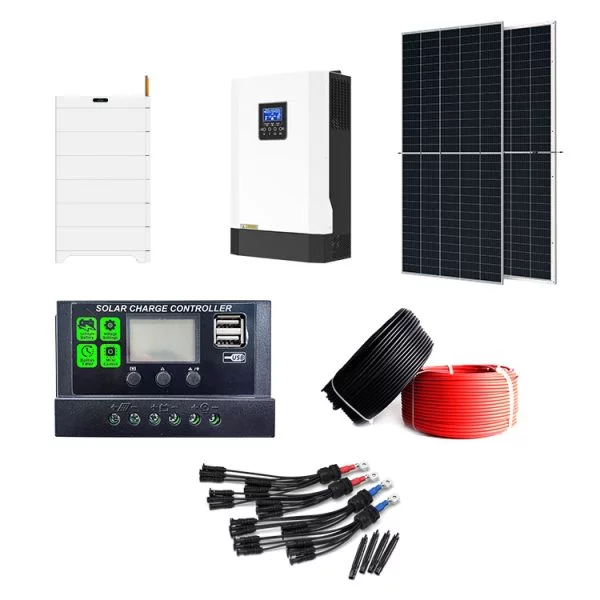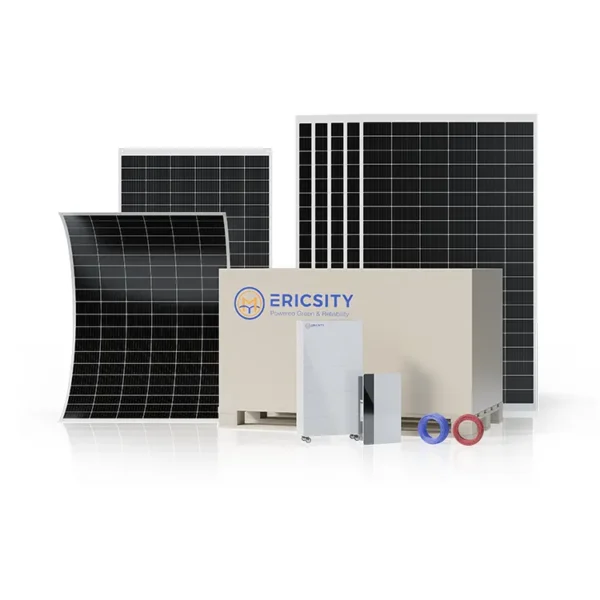HOT PRODUCT
Product Details
semi-flexible Solar Panels: A Brighter Future For All
Title: Semi-Flexible Solar Panels: A Brighter Future For All
Introduction



In recent years, the world has witnessed a growing interest in renewable energy sources as we strive to combat climate change and reduce our dependence on fossil fuels. Solar energy has emerged as a promising solution, and as technology evolves, new innovations like semi-flexible solar panels are revolutionizing the solar industry. This article explores the benefits and potential of semi-flexible solar panels to herald a brighter and more sustainable future for all.
The Rise of Semi-Flexible Solar Panels
Traditional solar panels have been widely adopted, but they come with certain limitations. Rigidity and bulkiness make it challenging to integrate them into a variety of surfaces and architectures. This is where semi-flexible solar panels come in. By utilizing lightweight and flexible materials, these panels offer versatility, allowing for seamless integration into curved surfaces such as vehicles, boats, and even wearable devices.
Enhanced Efficiency and Durability
Semi-flexible solar panels are designed to maximize sunlight absorption, ensuring superior energy conversion efficiency. The advanced technologies used in their production enable a higher power output per unit surface area compared to traditional panels. With their improved design and the use of materials like advanced polymers and thin-film technologies, semi-flexible panels are becoming increasingly efficient and reliable, even under challenging weather conditions.
Versatility and Seamless Integration
A major advantage of semi-flexible solar panels is their ability to adapt to various shapes and structures. This makes them highly versatile and suitable for a wide range of applications. These panels can be integrated into curved surfaces, making them ideal for electric vehicles, boats, and architectural designs. The seamless integration into the existing infrastructure opens up innovative possibilities, such as solar-powered charging stations and solar roofs, ensuring a sustainable energy supply while reducing the visual impact of traditional solar panels.
Portability and Mobility

Unlike traditional solar panels, which are often heavy and rigid, semi-flexible panels are lightweight and portable. Their flexibility allows for easy transportation and installation. This portability makes them particularly advantageous for outdoor enthusiasts, hikers, and campers who can rely on solar energy to power their adventures. With the ability to roll or fold semi-flexible panels, they can be conveniently stored and transported without compromising their integrity.
Environmental Benefits and Sustainable Living
The adoption of semi-flexible solar panels promotes sustainable living and reduces our carbon footprint. By harnessing the sun’s energy, we can significantly reduce our reliance on nonrenewable energy sources and mitigate the harmful effects of greenhouse gas emissions. Additionally, semi-flexible panels require less energy to manufacture compared to traditional panels, reducing the environmental impact even further. The increased efficiency and longevity of these panels contribute to a more sustainable future, helping us move closer toward achieving our renewable energy goals.
Conclusion
Semi-flexible solar panels represent a groundbreaking development in solar technology. Their flexibility, enhanced efficiency, and adaptability make them a crucial element in shaping a cleaner and greener future. As the demand for renewable energy sources surges, semi-flexible solar panels offer architects, engineers, and everyday users an innovative and sustainable solution. Embracing these panels brings us one step closer to a world powered by clean energy, benefiting both the environment and society as a whole.




